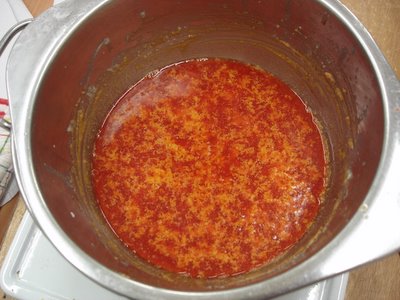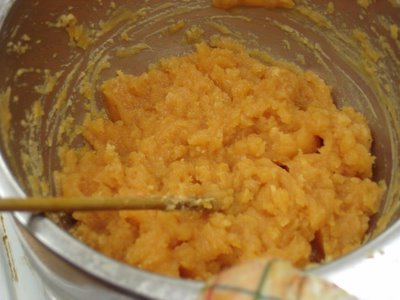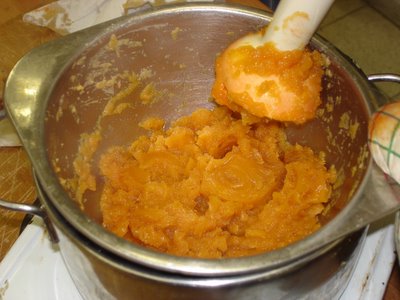A Clean Post
Yup, very clean indeed. I just finished a course in soapmaking.
The course, which was absolutely fascinating, consisted of three two-hour sessions. The first was devoted to proper safety procedures, since a main ingredient of soap, sodium (or potassium) hydroxide, is an extremely corrosive and dangerous chemical and it’s vital that we learn how to work with it correctly. Each of the second two meetings was devoted to a different method of making soap.
Our teacher was a chemist originally from Yugoslavia whose grandmother made her own soap. She told us that since there was little to be had in post-war Yugoslavia, if people wanted anything, they had to learn to make it themselves.
One of the things we learned is that homemade soap is better for the skin than most storebought soap. One reason for this is that glycerin, a moisturizer that occurs naturally during the soapmaking process, is extracted from factory-made soaps (and then added to creams and lotions). Another reason is perfectly logical: when you make your own soap, you know exactly what you’re getting, and you can also personalize your recipe to make the soap that is best for your skin.
Here are some pictures from our last session, when we made soap using the hot-process method. In this first picture, the lye water has just been added to the oil mixture, and tiny bits of soap have begun to form. (The orange color comes from food coloring that was added shortly after the ingredients were combined.)
Nearly two hours later, the saponification process is almost complete:
Just before taking the soap out of the bowl and putting it into plastic containers to cool:
If you’re a local and would like to learn how to make your own soap, have I got a teacher for you!



No comments:
Post a Comment
Comments are moderated. If you're a spammer, don't waste your keystrokes. If you're a real, honest-to-goodness commenter, welcome!